-
Mike and Nick's Excellent Flex Adventure! - Going to Germany!
Mike and Nick's Excellent Flex Adventure! - Going to Germany!
Tomorrow morning, Nick and I leave the U.S. for Steinheim, Germany where we will be the guests of Flex Power Tools.
Our host will be Bob Eichelberg, the President of Flex Tools North America and Bob is going to give us a full tour of the Flex Corporate Offices as well as the Flex Manufacturing Plant.
All I can say is,
WOW!
What an opportunity and a huge thank you to Bob and everyone at Flex Tools for such an over the top chance of a lifetime!
Besides getting to visit Flex Tools during our trip Bob is also taking us to,
The Mercedes-Benz Museum

I've even heard we're going to get the VIP Tour not normally available unless you have insider friends. (Thanks Bob).
Bob is also taking us to the Stuttgart Beer Festival
I've never been to a German Beer Festival but I hear they're like a big picnic?



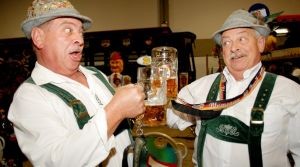
Bratwurst and Beer
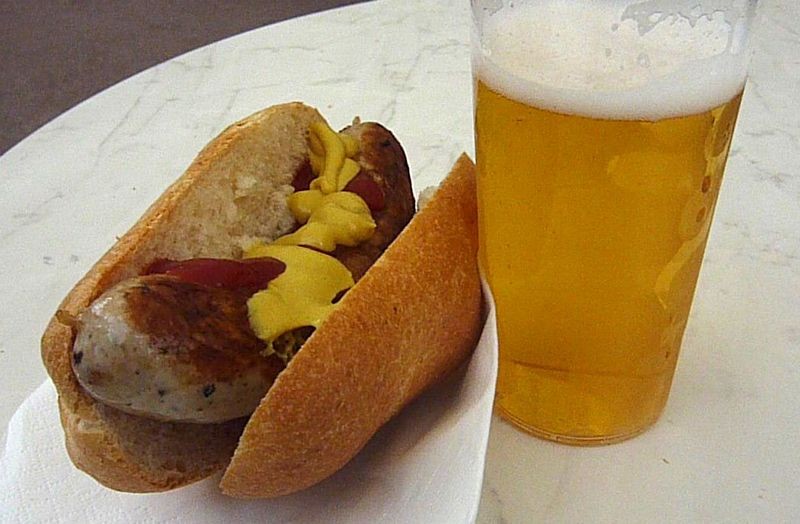
Bob says we'll be taking an ICE high-speed train from Fankfurt to Stuttgart!
This is going to be an awesome experience!



We're going to be staying at the Stuttgart Marriott Hotel Sindelfingen so we'll have Internet access and both of us will be sharing pictures during our trip.
I will also be posting pictures to my Facebook page on the fly... so check it out!
Flex History
Here's a little history about Flex...
"Flexen" comes from FLEX.Everyone has heard of it. Many use it every day. But very few people know that ' flexen', a common German verb, actually refers back to an invention developed by FLEX, formerly known as Ackermann + Schmitt. But let's start at the beginning:
In 1922, Hermann Ackermann and Hermann Schmitt started a company in Stuttgart-Bad Cannstatt to produce and sell their new invention: the MS 6 hand-held grinding machine, featuring an electrical motor that drove a flexible shaft. This feature was the inspiration for this brand-new tool's name: Flex . And this is the origin of today's brand name and a verb that has become an integral part of everyday German vocabulary: 'flexen' .
The MS 6 hand-held grinding machine

Hermann Ackermann and Hermann Schmitt
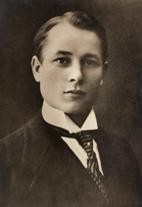

In the late 1920s, the engineers succeed in replacing the flexible shaft with an angle gear set. This was the world's first angle grinder, also sold under the brand name Flex. Flex started becoming established as a new word.
In 1935, Ackermann + Schmitt launched a low-speed angle grinder. In 1954, it unveiled the first high-speed angle grinder: the DL 9. By now, Flex was synonymous with angle grinder, while the verb 'flexen' completely replaced the less snappy verb 'trennschleifen' ("abrasive cutting") in colloquial German.
The first high-speed angle grinder the DL 9 introduced in 1954
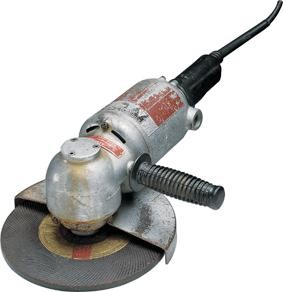
In 1996, Ackermann + Schmitt renamed itself Flex. In 2006, 'flexen' was officially added to the Duden spelling dictionary
Innovation comes from tradition
The Flex still uses the same basic approach, but the tool itself continues to evolve and improve. High-tech plastics replaced cast iron, making the tools considerably lighter. Motor power has increased, but motors have grown smaller and smaller. The motor and gears have become better protected against grinding and cutting dust; the tools have are now more durable, quieter and more ergonomic. The basic idea of the angle grinder proves to be so efficient and successful that it is incorporated into other machines and will continue to drive new innovations.
1987: High finish polishing
FLEX develops dedicated systems for sensitive polishing of automotive paint and lacquers, furnitures and natural stone floors.
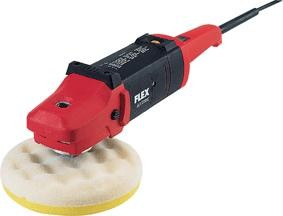
2011: POLISHFLEX
The gentle power pack for professionally treating painted surfaces. A variable-speed polisher with a high torque, motor and gear unit operate extremely quietly.

Read more here,
Flex History and Vision
I guess here is were I insert the dancing banana!





-
Post Thanks / Like - 0 Thanks, 1 Likes, 0 Dislikes


















 Thanks:
Thanks:  Likes:
Likes:  Dislikes:
Dislikes: 
















 Reply With Quote
Reply With Quote
Bookmarks